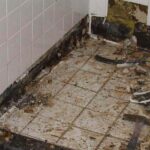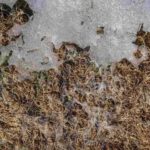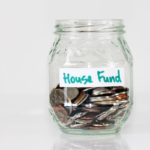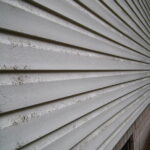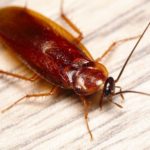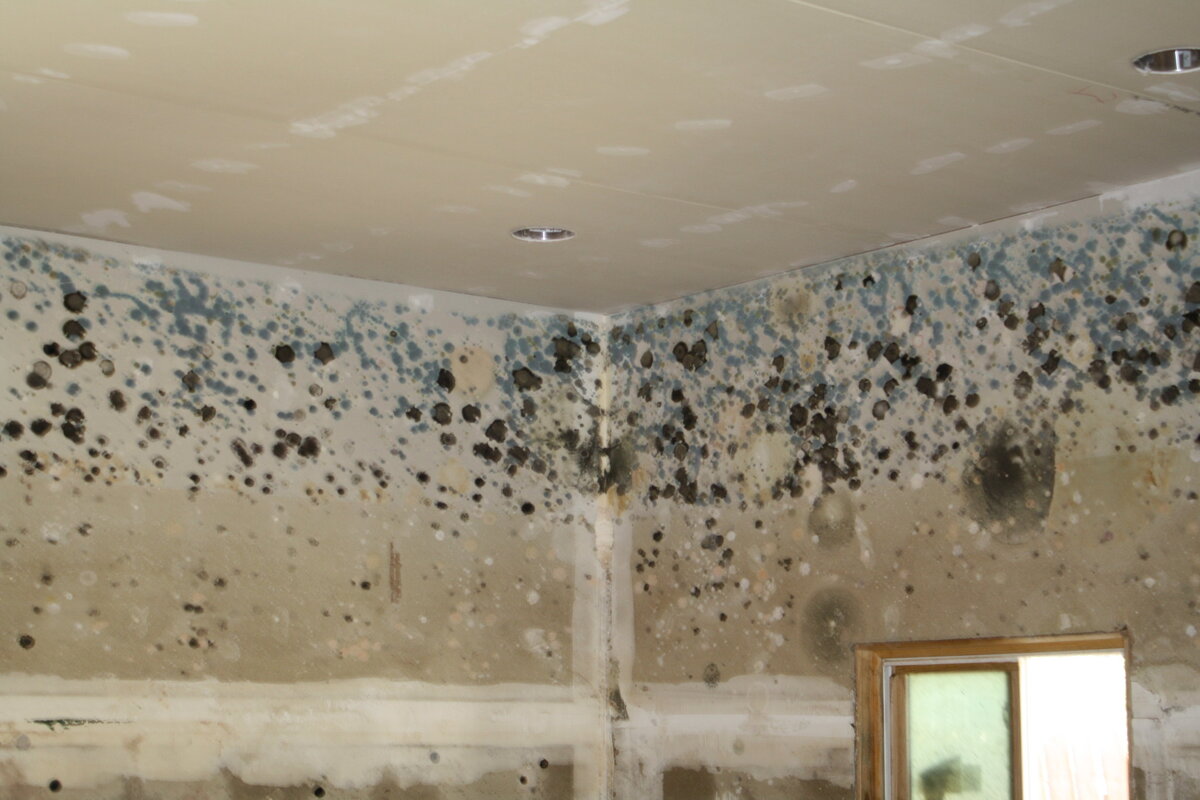
Those creeping black spots on your bathroom ceiling are more than just an embarrassing eyesore. Household molds could jeopardize your health.
Here we’ll break down the most common symptoms, the biggest risk factors, and the most dangerous types of mold. We’ll also cover how to prevent mold in your home and yard and how to get rid of a mold.
Common Symptoms Caused by Mold
Most health problems caused by mold will be respiratory. Mold reproduces by spreading airborne spores, so you’re literally breathing in fungus.
The more time you spend around mold, the greater your risk. The most common symptoms of spore inhalation include:
- Nasal Stuffiness
- Throat Irritation
- Coughing
- Wheezing
- Eye Irritation
- Skin Irritation
There are also health risks associated with the types of places molds live. If you like hanging out in dank, poorly ventilated basements, this can be hard on your lungs, regardless of what’s growing on the walls.
Mold outside – whether on your lawn as snow mold, on your siding, or under damp leaves – is less of a health risk than inside your home, but it can still trigger allergies and respiratory issues.
Who is Most at Risk?
Mold affects everyone differently. Some people face severe threats from mold inhalation, while others have little to worry about. Here we’ll discuss the most important risk factors when deciding to steer clear of mold.
Mold Allergies
A mold allergy causes the immune system to overreact when spores get in your nose, throat, or lungs. This often results in typical allergy symptoms such as coughing, sneezing, and itchy or watery eyes.
You’re more likely to develop a mold allergy if you live or work in a moldy environment. All the more reason to remediate your mold problem quickly. A family history of allergies also increases your risk.
Chronic Respiratory Illnesses
The more sensitive your lungs, the less time you want to sit around breathing fungus. People with chronic respiratory illnesses like asthma or obstructive pulmonary disorder may find themselves wheezing, coughing, or gasping for breath.
If you have trouble breathing under normal circumstances, stay away from moldy attics. They’ll only make your condition worse.
Compromised Immune Systems
No one is at greater risk from mold than those with compromised immune systems. You may face severe, even life threatening consequences if you have HIV/AIDS, are undergoing chemotherapy, have just received an organ transplant, or have a pre-existing immune system disorder.
Opportunistic molds may start growing in your lungs. Fungal lung infections like Aspergillosis are fatal if not treated in time. If your immune system is compromised in any way, do not attempt mold remediation yourself. Stay away from mold entirely, and get someone else to clean it up.
Which Types of Mold are Most Dangerous?
There are three major types of mold you want to stay away from. That said, mold is difficult to identify without expert knowledge, so you should treat your mold quickly, regardless of type.
But in case you’re curious, these are the worst kinds of wall-fungus:
Allergenic Molds
Some molds are worse for allergies. These typically release larger amounts of airborne spores to get into your throat and lungs. Allergic molds include species like Alternaria, Aspergillus, and Penicillium.
Pathogenic Molds
Pathogenic molds will grow more aggressively in the bodies of immuno-compromised people. These are the deadliest molds. They include species like Cryptococcus and Aspergillus, the cause of the dangerous Aspergillosis infection.
Toxigenic Molds
Some molds produce myco-toxins that are dangerous to all humans and animals regardless of their pre-existing health conditions. You may have heard of “black mold” or Stachybotrys, the most notorious of all toxigenic molds.
However, scientific research has produced mixed results on the dangers of toxigenic molds. The toxins are produced separately from the spores, and many studies linking black mold to illness have been inconclusive.
That said, some scientists maintain that toxins will get on the spores anyway. Exercise caution and clean up mold quickly regardless of type. If you think you have a batch of Stachybotrys growing in your home, you probably shouldn’t lick the walls.
How to Prevent Mold
The best way to get rid of mold is to keep it from growing in the first place. You’ll achieve this by depriving the organism of a suitable habitat.
Mold grows best in humid areas. You’ll find fungus near leaky roofs, windows, and pipes. It grows on vinyl siding with excess moisture from soggy gutters, moss, or ivy. Mold even grows on your lawn, when wet organic debris sits around all winter.
The best way to prevent mold growth is simply to manage your moisture level. Here we’ll discuss key tips to manage humidity and prevent mold from growing in your home, your house’s exterior, or your lawn.
Preventing Mold Inside in Your Home
- Get a dehumidifier for your home or basement.
- Thoroughly clean and dry your house 24-48 hours after flooding.
- Keep your shower, laundry, and cooking areas well-ventilated.
- Quickly repair leaky roofs, windows, or pipes.
- Clean your bathrooms with mold-killing disinfectants.
- Remove and replace carpeting, upholstery, and other fabrics that have gotten wet and can’t be dried properly.
- Paint your walls and ceilings with mold and mildew-resistant paints.
If you suspect mold in your home, it’s important to get a mold inspection as soon as possible. A professional mold inspection costs between $350 and $930.
Preventing Mold Outside Your Home
- Clean out your gutters at least twice a year.
- Don’t let mud or standing water sit around.
- Check your vents and clear out organic debris.
- Power wash or clean your siding at least once a year.
- Don’t let ivy or moss grow on your home.
Preventing Mold on Your Lawn
- Clear away organic debris like dead leaves, grass clippings, and thatch.
- Keep your lawn neatly mowed, especially in the fall.·
- Maintain effective drainage for your yard.
- Allow your grass to go dormant in the winter: don’t fertilize late in the fall.
- Clear away piles of snow which can create a habitat for snow mold.
- Plant fungus-resistant grass types.
How to Clean Up Mold
Small mold problems can be treated with bleach or other strong disinfectant cleaners. However, you’ll also need to solve the humidity problem which allowed mold to grow in the first place. If you decide to use bleach to clean the mold yourself, please follow these safety precautions:
- Never mix bleach with ammonia or other household cleaners.
- Keep windows open and turn on fans to maintain ventilation.
- Follow all manufacturer’s instructions for your cleaning products.
- Wear non-porous gloves and protect your eyes with safety goggles.
- Wear clothes you don’t mind getting stained.
Mold remediation should not be attempted by anyone with mold allergies, sensitive lungs, or a compromised immune system.
We recommend calling in the pros for large jobs. You can even hire a pro if you just don’t want to deal with all that icky fungus. LawnStarter calculates mold remediation costs between $1,373 and $3,325, but that will vary on the location, type of mold, the size of the infestation, and the scope of the remediation project.
Main Photo Credit: Carl Pedersen, NDSU / Flickr / CC BY 2.0
